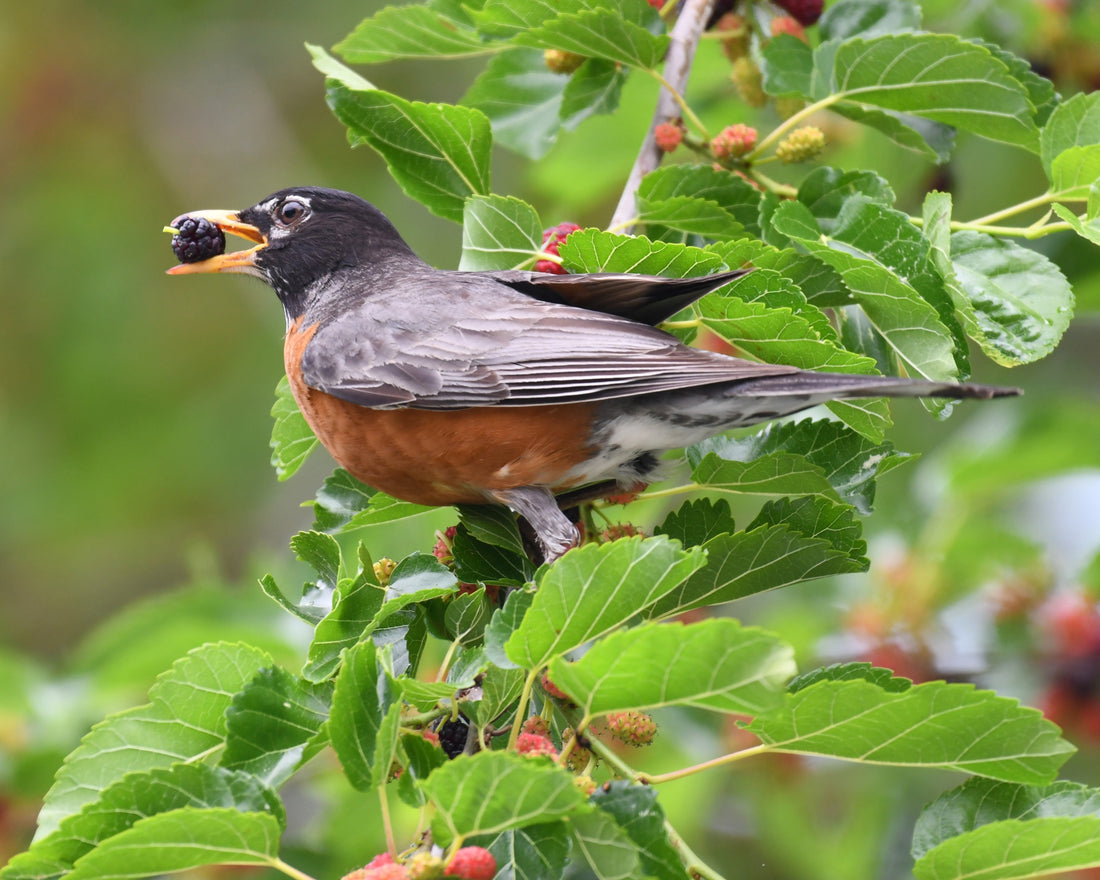Understanding bird habitats and ecosystems is crucial for anyone who loves the beauty of these feathered creatures. Whether you are an avid bird watcher or just someone looking to appreciate the natural world around you, knowing how birds interact with their environments can help you help birds.
What Are Bird Habitats?
Bird habitats are the natural environments where birds live, find food, breed, and raise their young. These can vary greatly depending on geographic locations and include forests, wetlands, grasslands, deserts, and urban areas. Each habitat offers unique resources essential for the birds residing there.
Types of Bird Habitats
- Forests: Dense woods provide ample trees for nesting and a variety of food sources.
- Wetlands: Marshes and swamps are breeding grounds for many species and offer rich feeding opportunities.
- Grasslands: Open spaces with tall grasses create a unique environment for ground-nesting birds.
- Deserts: Harsh conditions challenge birds to adapt, making them truly remarkable survivors.
- Urban Areas: Cities can be surprisingly rich in bird life, as many species have adapted to thrive in built environments.
The Importance of Ecosystems
Ecosystems encompass all living organisms in a given area with each living creature playing a role in an interconnected web. Birds are an important part of any ecosystem and interact with local plants and animals and contribute to the ecosystem’s balance, which in turn supports their existence.
Key Elements of Ecosystems That Support Bird Life
- Food Sources: Different ecosystems provide specific food sources like insects, seeds, flowers, and fruits that attract various bird species.
- Water Availability: Access to clean water is essential for drinking, bathing, and feeding.
- Nesting Sites: Trees, shrubs, and ground cover give birds necessary shelter to raise their young and hide from predators.
How Birds Adapt to Their Environments
Birds have developed various adaptations that enhance their survival in specific habitats. From beak shapes to plumage coloration, these traits allow them to exploit the resources of their environment.
Physical Adaptations
One of the most obvious ways birds adapt is through their physical characteristics. For example:
- Beak Shape: Different shapes are suited for specific diets. For instance, seed-eating birds boast strong, conical beaks which allow them to pry open hard seed coats, while nectar feeders have long, slender beaks which allows them to access food from long flowers.
- Plumage Coloration: Many birds, especially females, are drab colored which helps camouflage them from predators, while others, especially males, may be vividly colored as a way to attract a mate.
- Body Structure: Bird bodies have evolved in many other ways to take advantage of their environments. Their feet may have sharp claws if the bird climbs trees or catches prey, or webbing if they are swimmers. Birds' wings are also variable, since those which spend most of their lives flying will have long, powerful and aerodynamic wings, while those darting through dense foliage will be shorter and more maneuverable.
Behavioral Adaptations
Behavioral changes also help birds thrive in their habitats:
- Migration: Many birds migrate seasonally to find food and suitable breeding grounds. These birds may fly thousands of miles to ensure they have enough food and suitable breeding environments.
- Nesting Strategies: Birds will use available resources to build their nests. In places where nesting materials are scarce, birds will nest in tree or cacti cavities, while other species may make elaborate nest structures to protect their young from predators or extreme weather.
Birdsong and Communication
Birdsong is a vital aspect of avian communication and is an important part of any ecosystem's soundscape. Many habitats don't allow birds to readily see one another, so they communicate over long distances using sound.
The Role of Sound in Bird Habitats
A natural ecosystem is often a noisy place - birds sing and call, wind blows and rain falls. The animals living in the ecosystem will use these sounds to understand their environment, avoid predators or other dangers, and take advantage of opportunities when they can. Birds make their own sounds for various reasons, including:
- Attracting Mates: Males often sing to attract females during the breeding season.
- Establishing Territory: Loud, clear songs can deter other males from encroaching on territory.
- Signaling Alarm: Different calls can inform other birds about approaching predators.
The Impact of Habitat Loss on Bird Populations
As habitats are lost due to urbanization, agriculture, and climate change, many bird species are affected.
Challenges Birds Face in a Changing World
Modern life poses several threats to birds, including:
- Habitat Destruction: Deforestation and wetland draining reduce available nesting and feeding areas.
- Climate Change: Altered weather patterns can affect migration, breeding seasons, and food availability.
- Pollution: Pesticides and plastic waste have detrimental effects on bird health and their habitats.
Conservation Efforts and What You Can Do
To help protect bird habitats and ecosystems, various conservation initiatives are in place worldwide. Here’s how you can contribute to these efforts:
- Support Conservation Organizations: Donations to groups working on habitat conservation can significantly impact protecting bird species.
- Participate in Bird Counts: Community science projects like bird counts help gather valuable data on avian populations and health.
- Create Bird-Friendly Spaces: Plant native gardens that attract birds and provide essential resources.

